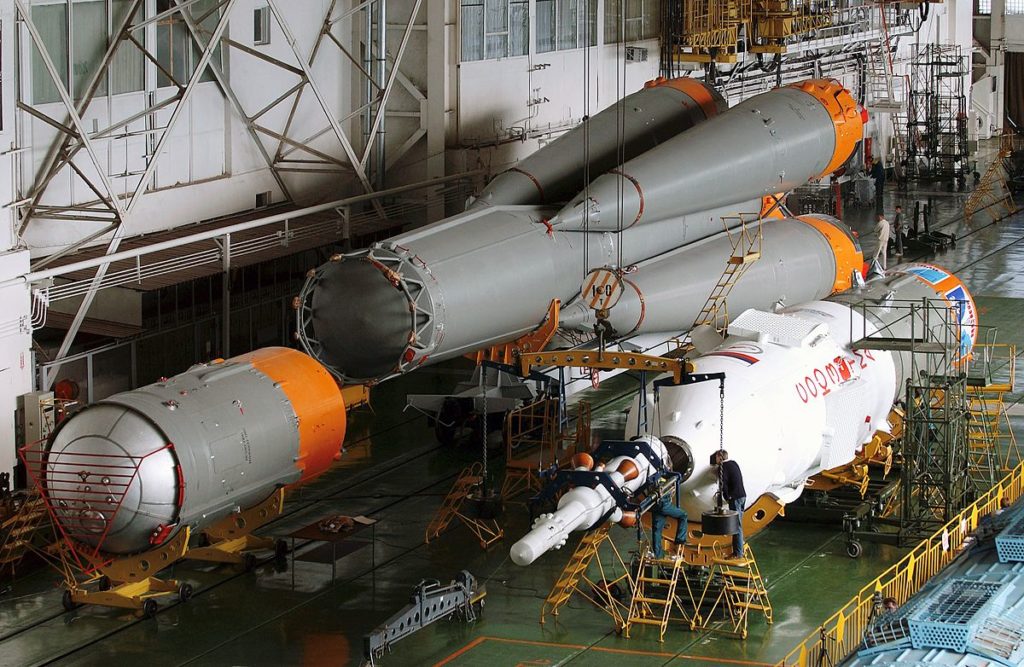A fireball seen in the sky over the western U.S. got a lot of press attention today, with people wondering what it was and whether it was a threat.
The U.S. military, which tracks objects in space, said that it was caused by the reentry into the atmosphere of the empty stage of a Russian SL-4 rocket body, which apparently had been launched a day earlier.
That launch appears to have been the December 21 launch of a Russian Soyuz rocket, carrying a payload to the international space station. This is pretty standard fare—the list of launches on this web page shows that this was the 1245th launch of the Soyuz family of rockets. Based on the statement from the military, the object seen over Arizona was likely the third stage of this rocket.
When the Soyuz takes off, it consists of three rocket stages filled with fuel. These stages accelerate the payload, which sits on the very top of the rocket, into space. The first two stages burn their fuel and drop off fairly close to the launch pad; this reduces the mass the third stage has to accelerate. The third stage carries the payload into orbit and then releases it. In this case the payload apparently maneuvered to rendezvous with the space station, leaving the third stage—now emptied of its fuel—to orbit in space.

This picture shows a Soyuz rocket being prepared for launch. The object in the lower left corner with the orange stripe is the third stage of the launcher. (Source: bricktop)
The third stage was orbiting at a fairly low altitude (about 275 km). At that altitude atmospheric drag will slow objects and can cause them to fall out of orbit and reenter the atmosphere fairly quickly. Because they are traveling very fast—about 30 times faster than a jet aircraft—the atmospheric drag as they reenter causes them to get so hot that they burn up. That burning was what people saw in the sky.
This kind of thing happens frequently. The U.S. catalog of space junk currently contains about 17,000 objects orbiting the earth (although there are many additional objects that are not in the catalog for one reason or another). About 10% of those objects are empty rocket stages like this one. Those orbiting at high altitude will stay in space for decades or centuries, while those at lower altitudes will fall to earth sooner.
Several of the objects in the catalog fall out of orbit every day. Typically these objects burn up completely and little or nothing hits the ground, so there is little risk to people on the ground. So this event was neither unusual nor dangerous.
Space junk does, however, pose a much bigger threat to other objects in space.
